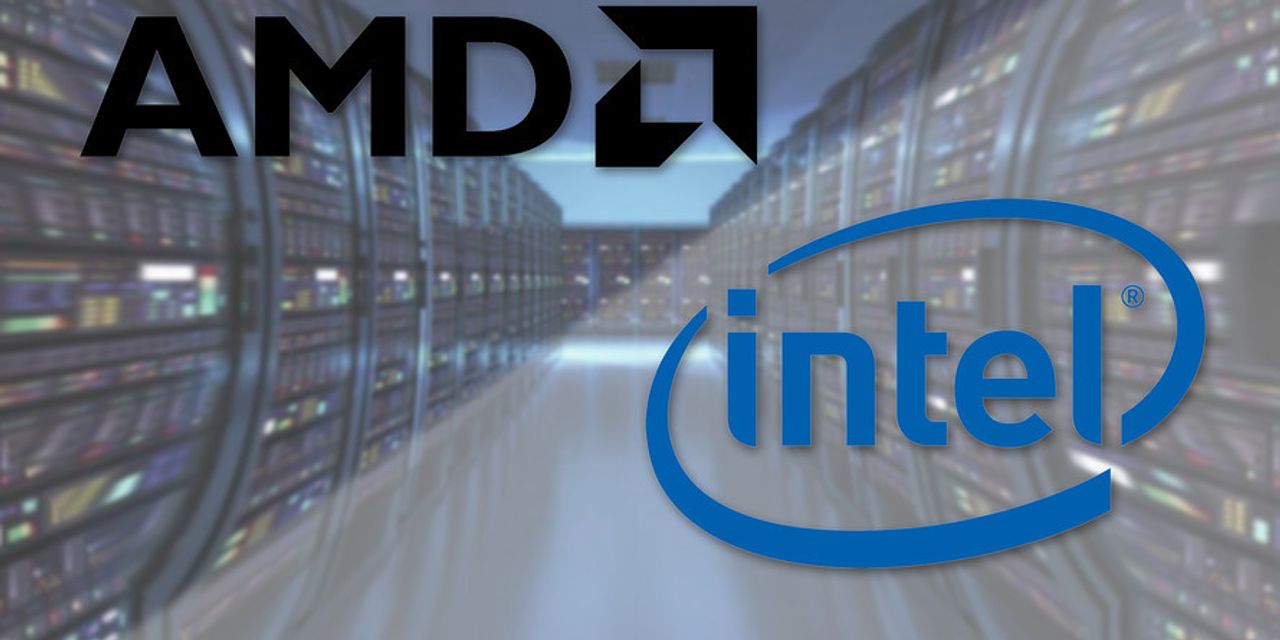During its “Scary Fast” announcement event on Monday night, Apple
AAPL,
took to the internet to announce a string of new MacBook Pro laptops and a new family of chips to power them. The event itself happened at 8 p.m. Eastern Time, during both the World Series and Monday Night Football — odd timing for a company that is targeting mass consumer audiences for its messages.
At the heart of all the new MacBook Pro laptops is a series of M3 processors, for the first time announced and available in the same window. It’s been less than a year since Apple launched the M2 Pro and M2 Max CPUs, and just four months since the M2 Max was released. This is an extremely rapid rollout for an entire new family of processors and probably indicates that sales of that earlier generation weren’t living up to expectations.
Here are the details: The M3, M3 Pro, and M3 Max follow in the steps of the M2 and M1 processors, with custom designs completely created in-house, manufactured on the latest TSMC 3nm process node. The base model M3 is made of 25 billion transistors, features up to an 8-core CPU and a 10-core GPU. The M3 Pro goes up to 12-cores on the CPU and 18-cores on the GPU (37 billion transistors), while the M3 Max CPU core count reaches up to 16 with a 40-core GPU (92 billion transistors).
There are other differences between the chips including maximum system memory capacity, how many external displays are supported (still only 1 on the base M3). All of them share the same 16-core NPU (neural processing unit) for AI computing.
Performance claims from Apple are as vague as they have ever been, with little to no documentation on how performance is measured, so it’s always wise to take the results with a grain of salt. That said, the new performance cores on the M3 family are 15% faster than the M2 from last year, while the efficiency cores are 30% faster than the M2. (Remember that Apple uses a combination of high-performance and high-efficiency cores to build their phone and laptop chips.) The performance of the graphics of the M3 products are roughly 50% faster than the M1 (no claim vs the M2 was made).
The specs and claims around the new M3 family are solid, as you would expect from Apple. But there are areas where these products walk backwards. The M3 Pro, as an example, actually decreases the number of performance CPU cores by 25% (from eight to six) but increases the number the smaller efficiency cores by two. The GPU core count decreases by one, though we assume overall performance is still much higher because of the graphics architecture Apple introduced that supports hardware accelerated ray tracing functions.
“No word on how AI is being utilized in the Mac application ecosystem. ”
This leaves me with questions about what is going to drive buyers to this new family of MacBook Pro products. The physical designs themselves are the same as the previous models with the lone exception of a cool-looking Space Black colorway. Apple didn’t spend much time during its short 30-minute announcement showing or talking about new use cases or consumer experiences that are enabled by the M3 chips; something in itself an interesting shift for a company that typically hammers the competition on what it can do that others simply cannot.
The opening to the event did showcase a lot of Mac users “doing work” but there was no discussion about anything new or drastically improved. And throughout the announcement we saw a number of quick jump cuts between applications, but no focus or emphasis.
There also was no real emphasis on the AI capabilities of these devices, despite being the first major silicon provider to integrate an NPU in their laptop designs with the M1. Apple claims that the new 16-core NPU design offers 18 TOPS of performance, a modest increase from the 15.8 TOPS from the M2. But mentions of how AI is being utilized in the Mac application ecosystem, or how generative AI is coming to this platform, were missing.
For as big of an increase as the company claims the new GPU architecture is over previous designs, including support for critical new features including mesh shading and ray tracing, and a new memory management tech it calls Dynamic Caching, any mention of gaming was passing at best. At one point Apple referenced the M3 as being able to play a remake of Myst released in 2021 that has minimum requirements that include GPUs that came out in 2016! Apple continues to build massive, powerful GPUs into their chips but seems happy to continue leaving PC gaming (with nearly 900 million players) to the Windows ecosystem.
It’s for these reasons that I believe the door is still wide open for competition from the PC space to gain back some of the Apple Mac market share and mindshare. New chips from Qualcomm
QCOM,
AMD
AMD,
and Intel
INTC,
are coming. Qualcomm’s recent Snapdragon X Elite announcement, for example, was all about AI, huge CPU performance claims, and bringing Apple-like battery life to Windows in 2024. Both AMD and Intel have more coming this year about their visions for the “AI PC” race.
These competitors are not simply talking about “the same but better.” They’re focused on areas of the future such as AI acceleration and use cases, drastically improved mobile gaming capabilities, and in some cases massive efficiency improvements. Apple shareholders, take note.
Ryan Shrout is the founder and lead analyst at Shrout Research. Follow him on X (formerly Twitter) @ryanshrout. Shrout has provided consulting services to AMD, Qualcomm, Intel, AMD, Arm, Micron, Intel, Nvidia and others. He owns shares of Intel.
More: Apple’s Mac renaissance is about to get a big boost ‘in a market where everyone counted them out’
Also read: Why Apple could be the big winner in its rocky partnership with Goldman Sachs
Read the full article here







